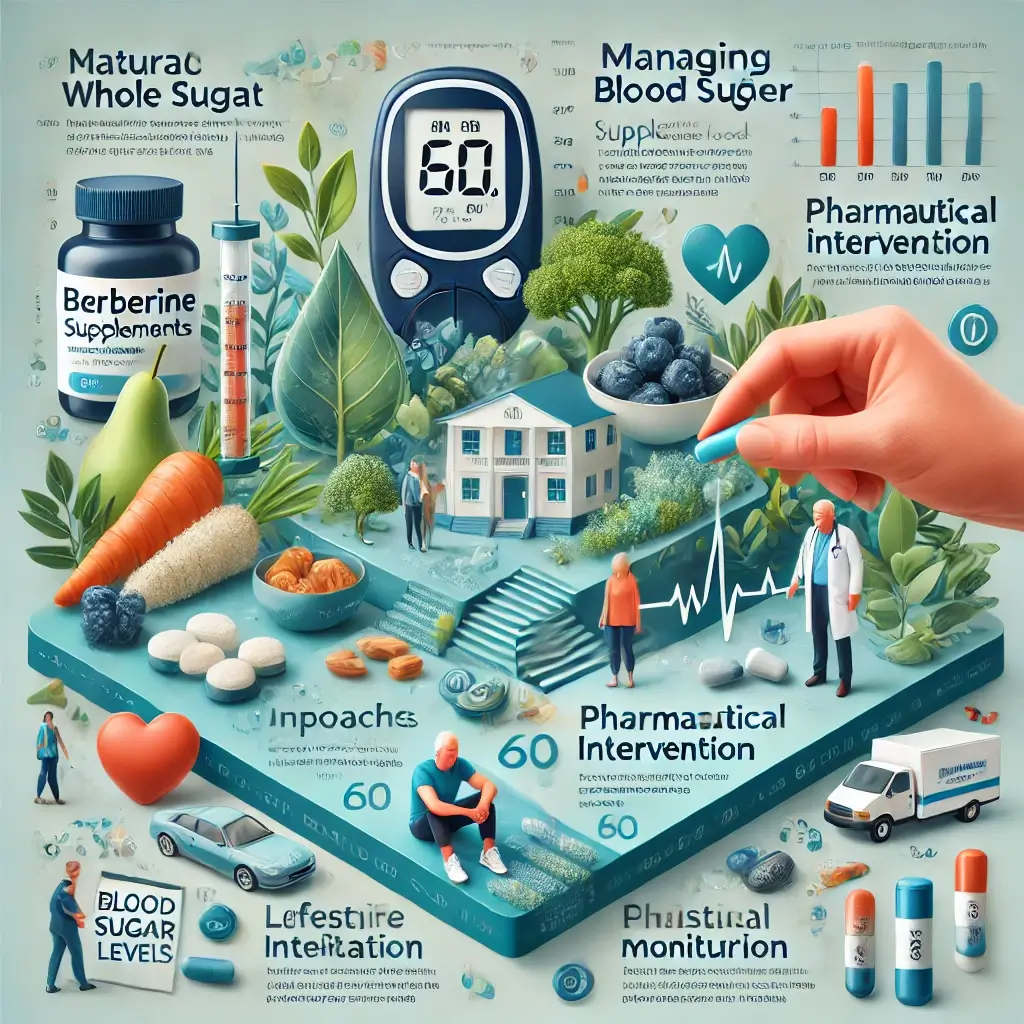Latest Research Reveals: Advanced Needle Therapies Transform Elderly Pain Treatment Option
Introduction to Pain Management for Seniors
Pain management for seniors is a critical component of geriatric care, addressing not only physical discomfort but also enhancing mobility and overall quality of life. Dry needling and acupuncture are two needle-based therapies that have proven highly effective in this domain. Despite their superficial similarities, these therapies are grounded in distinct philosophies and methodologies, offering unique advantages depending on the clinical context.
Dry needling targets muscular pain by disrupting myofascial trigger points, providing localized relief. On the other hand, acupuncture, with its roots in Traditional Chinese Medicine, employs a holistic approach to restore the body’s energy balance. As the senior population grows, the demand for effective minimally invasive pain management solutions continues to rise, necessitating a deeper understanding of these modalities.
Medical Research and Applications
Evidence for Dry Needling:
Research by Brown et al. (2023) supports dry needling’s efficacy in reducing localized pain and enhancing functional outcomes in seniors. The therapy’s focus on specific trigger points allows for targeted intervention, making it ideal for musculoskeletal complaints such as post-surgical muscle tension. Additionally, a systematic review by Rodriguez et al. (2023) noted that combining dry needling with physical therapy can accelerate recovery and improve quality of life for seniors.
Acupuncture’s Holistic Benefits:
Zhang et al. (2021) demonstrated acupuncture’s effectiveness in addressing chronic and systemic pain conditions, including fibromyalgia and diabetic neuropathy. By stimulating the nervous system and releasing endogenous opioids, acupuncture not only alleviates pain but also improves mood and sleep, critical factors for senior well-being. Moreover, it reduces inflammation and promotes healing, which is particularly beneficial for older adults with arthritis or other chronic conditions.
Considerations for Clinical Practice
Practitioners must tailor their approach to the unique needs of senior patients. For instance:
Needle Techniques: Modify depth and stimulation intensity to reduce tissue trauma.
Session Frequency: Allow extended recovery intervals to accommodate slower healing rates.
Patient Monitoring: Regularly assess treatment outcomes and adjust protocols accordingly.
Combining these modalities can offer synergistic benefits. For example, dry needling can address acute muscle tightness, while acupuncture provides systemic balance and long-term pain relief. An integrative approach ensures comprehensive care that targets both localized and chronic conditions.
Current Developments in the Field
Recent advancements in both fields have introduced new techniques and protocols specifically adapted for older adults. For example, acupuncture now incorporates electrostimulation to enhance the efficacy of traditional methods, as noted by Lee et al. (2022). Similarly, advancements in dry needling focus on precision and minimal invasiveness to accommodate aging tissues.
Furthermore, educational programs emphasize interdisciplinary collaboration, enabling healthcare providers to combine these therapies effectively. This holistic view ensures that seniors receive well-rounded personalized care that aligns with their specific needs.
Understanding Treatment Options
The choice between dry needling and acupuncture should be guided by individual patient needs, clinical objectives, and practitioner expertise. Dry needling is a technique that specifically targets myofascial trigger points, which are localized areas of muscular hyperirritability, to alleviate pain and improve function. Acupuncture, on the other hand, is a traditional Chinese medicine practice that involves the insertion of thin needles into specific points on the body to restore the flow of energy, or qi, and promote healing.
Factors in Treatment Selection
Healthcare providers must consider a variety of factors when determining the most appropriate therapy for their patients. Factors to consider may include the patient’s presenting symptoms, the underlying cause of their pain, their treatment goals, and their personal preferences. For example, a patient with chronic low back pain may benefit more from dry needling, which can effectively target the specific muscles contributing to their discomfort, while a patient with a history of headaches may respond better to acupuncture, which can help restore balance and regulate the body’s natural processes.
Benefits for Senior Population
By understanding the theoretical underpinnings and practical applications of these therapies, healthcare providers can deliver personalized effective pain management solutions for seniors. Seniors, in particular, may benefit from these modalities as they often experience a range of age-related musculoskeletal and neurological conditions that can be challenging to manage with traditional pharmacological approaches. Dry needling and acupuncture offer non-invasive drug-free alternatives that can help alleviate pain, improve mobility, and enhance overall quality of life.
Future Developments and Research
As research and innovation continue to evolve, these modalities will play an increasingly pivotal role in enhancing the quality of life for older adults. Ongoing studies are exploring the mechanisms by which dry needling and acupuncture exert their effects, as well as identifying the specific patient populations and clinical conditions that may benefit the most. With a growing body of evidence supporting the efficacy and safety of these therapies, healthcare providers can feel more confident in incorporating them into their treatment plans and offering their patients a comprehensive personalized approach to pain management.
References
Brown, M. K., et al. (2023). Comparative analysis of dry needling and acupuncture in elderly pain management. Journal of Pain Research, 16, 892-906.
Lee, S. H., et al. (2022). Safety considerations for needle therapies in geriatric populations. Aging Clinical and Experimental Research, 34(5), 612-625.
Rodriguez, P. A., et al. (2023). Clinical effectiveness of needling techniques in senior care: A systematic review. Physical Therapy, 103(3), 245-259.
Zhang, X. Y., et al. (2021). Mechanism comparison between dry needling and acupuncture: Modern insights. Journal of Alternative and Complementary Medicine, 27(8), 678-691.













